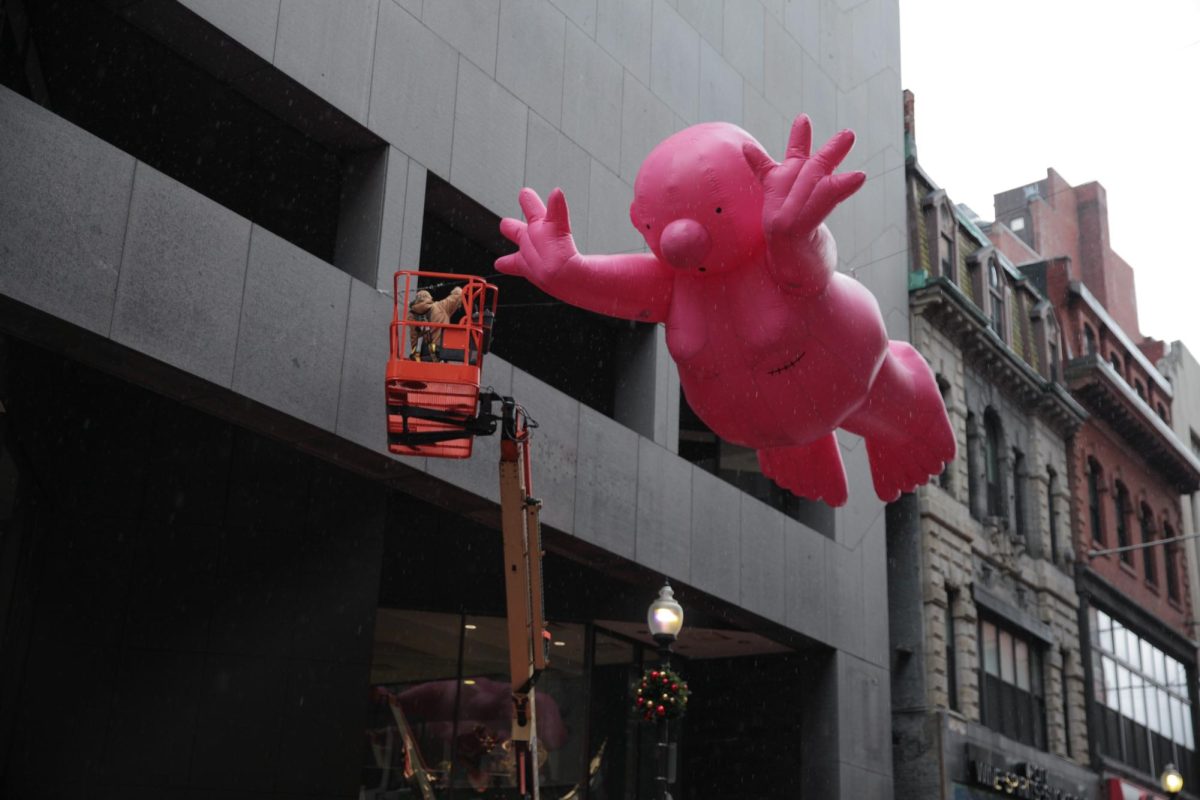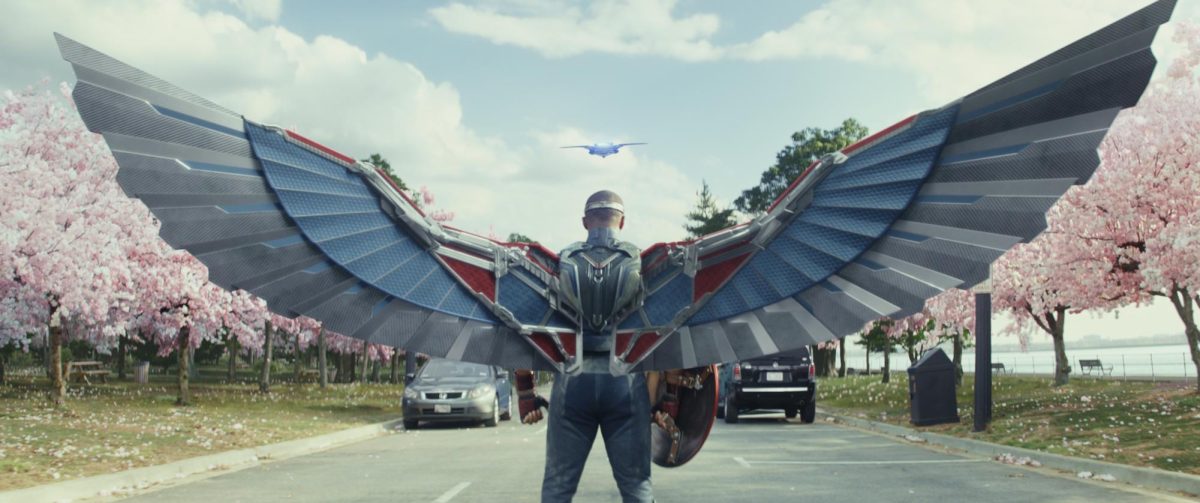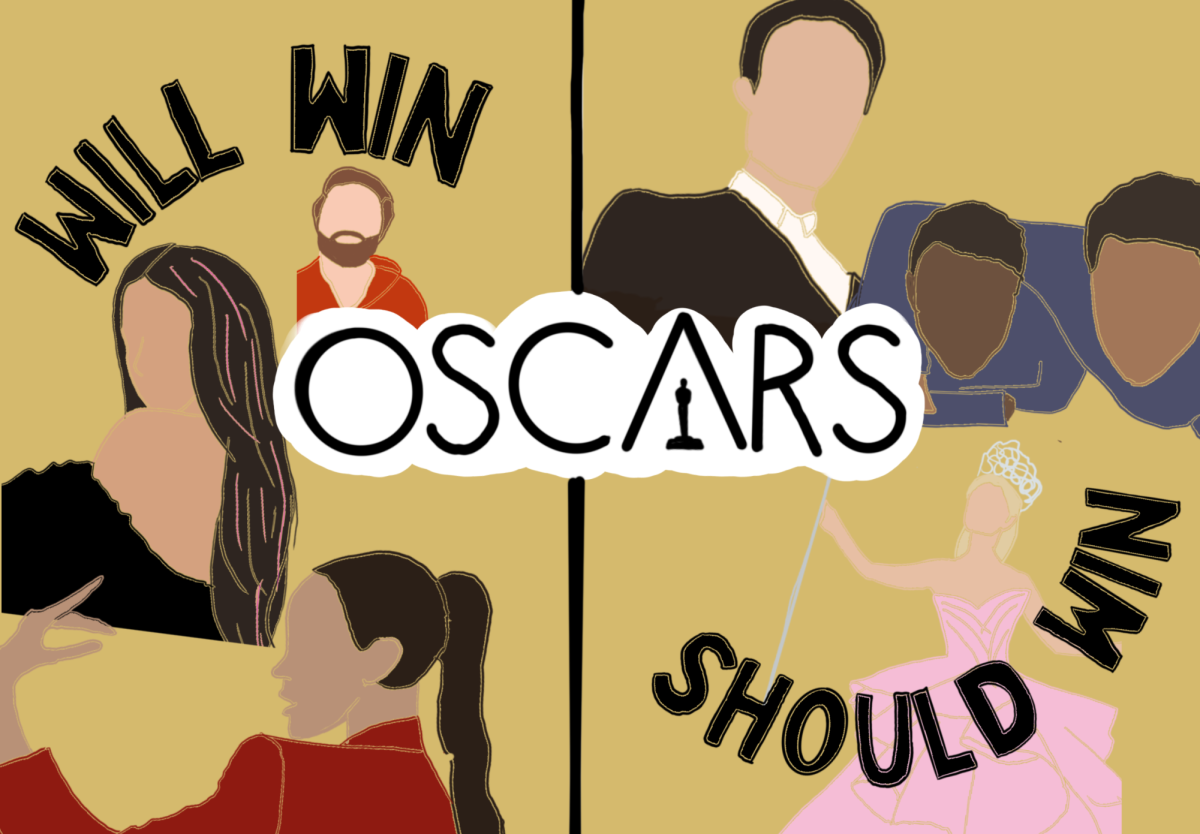By Madelyn Stone, News Staff

Burt Sun, a New York-based photographer, media consultant and graphic designer, began his project on the Brazilian urban artist Bel Borba with few expectations.
“Ricardo Barreto from Urban Arts Institute of Mass Art [Massachusetts College of Art and Design] wanted me to do a project with them,” Sun said. “So originally Ricardo was commissioning me to make a photography book about this particular artist and this urban art thing.”
Three years later, after a partnership with fellow artist/director André Costantini and an exploration of Borba’s hundreds of works of art, Sun will showcase the project in a completely different medium: as “Bel Borba Aqui,” a feature length documentary. The film will debut in Boston April 17 at the AMC Loews Theatre as part of the Boston International Film Festival, and will show April 23 at the Massachusetts College of Art and Design’s Urban Arts Institute followed by a panel discussion with Sun and Borba.
In 2009, three years after moving from Boston to Brazil, Sun got the pitch from Barreto, director of the Urban Arts Institute. Sun would chronicle the work and impact of the locally renowned Borba, the so-called “people’s Picasso” of Salvador, Brazil, whose multimedia artwork pervades the streets of the 500-year-old city.
“After I met Bel, it was within 48 hours … that I decided I would be very stupid just making a book about his art,” Sun said.
He approached Barreto and others at the Urban Arts Institute with an idea for a documentary, and though he acknowledged “it took them a while to agree,” Sun said he eventually pressed forward with his idea for a cinematic exploration of Borba as an artist and individual.
Costantini, who met Sun 15 years ago working on a project for another artist and has collaborated with him on graphic design work, short films and other projects, said Borba started creating public artwork more than 30 years ago.
“He started doing street art where he was basically just doing mosaics, sometimes painting,” Costantini said. “He didn’t get permission, but no one told him he couldn’t do it. And at this point there’s literally hundreds, maybe thousands of his work all over the city, so he got known just by consistently doing it, and now the city actually protects some of that work that once was just guerilla-style.”

With the city of Salvador as his inspiration and his audience, Borba incorporates the community in his art, Sun explained.
“In Bel’s world, everything he can produce by hand,” he said. “By his own hand, or a group of friends or his colleagues or sometimes he just wants to be able to support some for the regular, blue-collar labor workers. He will gather them to create public art.”
Costantini said Borba’s work has had a transformative effect on the Salvadoran community.
“I feel like a lot of films have been depicted about Brazil in terms of some negative connotations, like poverty and drugs and all this stuff,” he said. “And it’s not to say, of course, that these things don’t exist. We’re not ignoring them, but this is really a pretty positive film because it really focuses on how one person, through his art, is able to transform the community and bring the community together.”
Citizens of different backgrounds and various ages have helped bring Borba’s visions to life, Costantini said.
“There’s several scenes, actually, where he’ll start making work because they said ‘Oh, we’d love to have some work here,’” he said. “And all the sudden, literally everybody is involved. Everyone from 2- or 3-year-old kids to 85-year-old men all working together, you know, based upon sometimes their ideas, sometimes his. But really you get this idea of how art can transform, not only just visually but in the process aspect.”
In making the film, which they both described as having a “certain amount of lyricism,” Sun and Costantini said they were unsure about their target audience. After screenings in San Jose, Calif. and Phoenix, Ariz., led to positive reviews, the directors felt more confident about the documentary’s relatability.
“We originally thought we made a very specific film about artists in Brazil – it won’t have much of a public appeal to the general audiences,” Sun said. “But so far it’s proved us wrong.”
Fused with the creativity he incites, Borba’s personality gives the film an exuberance, Sun said.
“I think how Bel connects to general audiences is he’s a very charming and likeable personality, also he’s a do-er,” he said. “Basically people get very moved by this guy constantly making things. I think everybody wants to be creative or do things and then once you see a guy relentlessly keep making something and eventually transform his own life and a city’s life – or other people’s lives, a community’s life – I think that’s quite taken a lot of just general audiences we encountered through our journey.”









